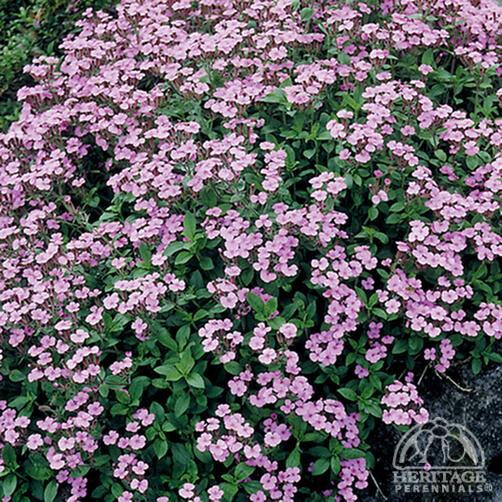Higher classification Saponaria | Tribe Caryophylleae Scientific name Saponaria ocymoides Rank Species | |
 | ||
Similar Saponaria, Saponaria officinalis, Caryophyllaceae, Dianthus deltoides, Cerastium tomentosum | ||
Saponaria ocymoides rotes teppich seifenkraut
Saponaria ocymoides (rock soapwort or tumbling Ted) is a species of semi-evergreen perennial flowering plant belonging to the family Caryophyllaceae, native to south western and southern central Europe.
Contents
- Saponaria ocymoides rotes teppich seifenkraut
- Saponaria ocymoides quick vids by ecology garden dscf5108
- Description
- Distribution
- Cultivation
- References

Saponaria ocymoides quick vids by ecology garden dscf5108
Description
Reaching a height of 10–40 centimetres (3.9–15.7 in), the stem is prostrate to ascending, woody, reddish, quite hairy and very branched. The leaves are ovate to lanceolate, sessile and hairy, 1–3 cm long. The five-petalled flowers are arranged in groups at the ends of branches. They have red or pink (rarely white) petals and blue anthers. The sepals are fused in a tube about an 8 to 10 millimeters long. The flowering period extends from May to August in the Northern Hemisphere. The fruit is an ovoid capsule, up to 9 mm long.
Distribution

This species ranges from the mountains of Spain to Corsica, Sardinia and Slovenia, from the Apennines to the Alps. It grows in rocky and stony places, dry slopes and forests (especially pine forests). It prefers calcareous soils, at an altitude of up to 1,500 metres (4,900 ft), rarely up to 2,400 metres (7,900 ft).
Cultivation

S. ocymoides is cultivated as an ornamental plant for rock gardens and dry stone walls, in well-drained alkaline or neutral soil in full sun. Like most alpine plants it dislikes winter wetness around its roots. It has gained the Royal Horticultural Society's Award of Garden Merit.
